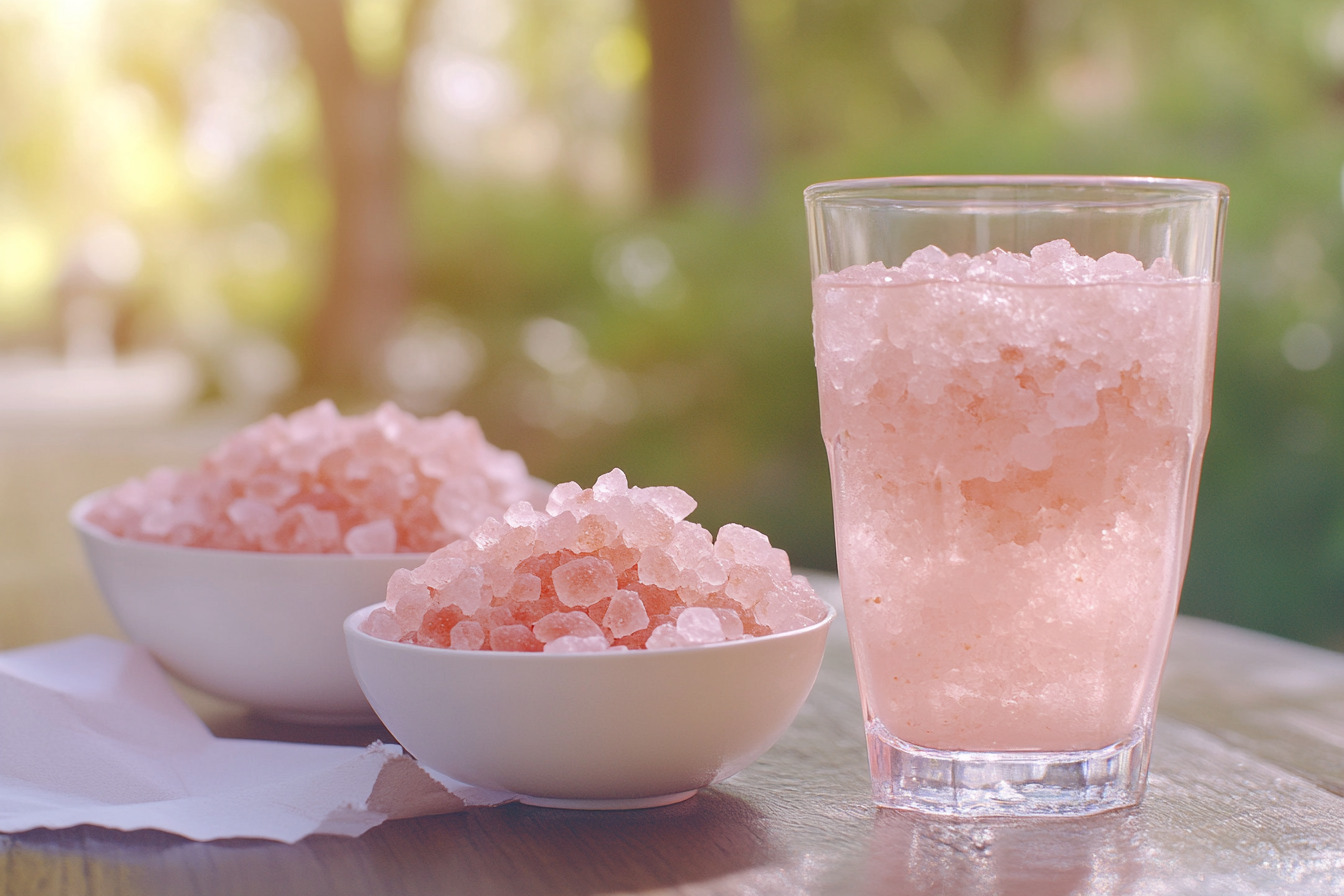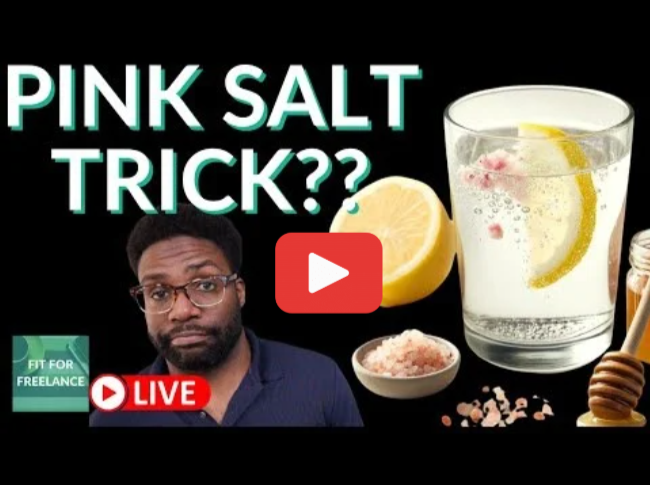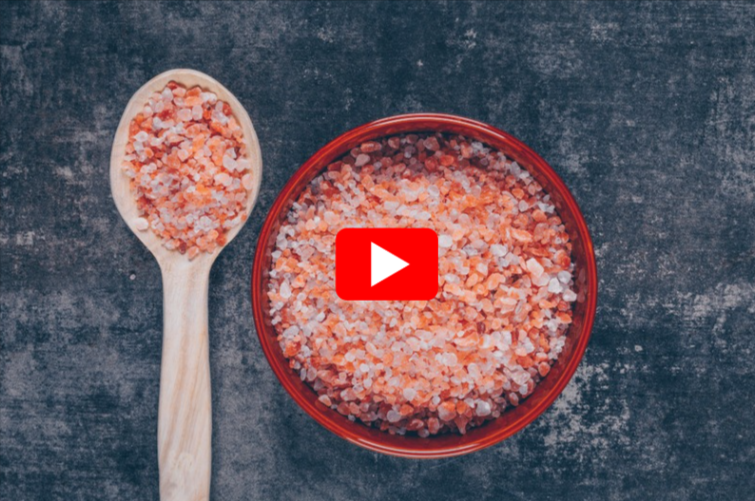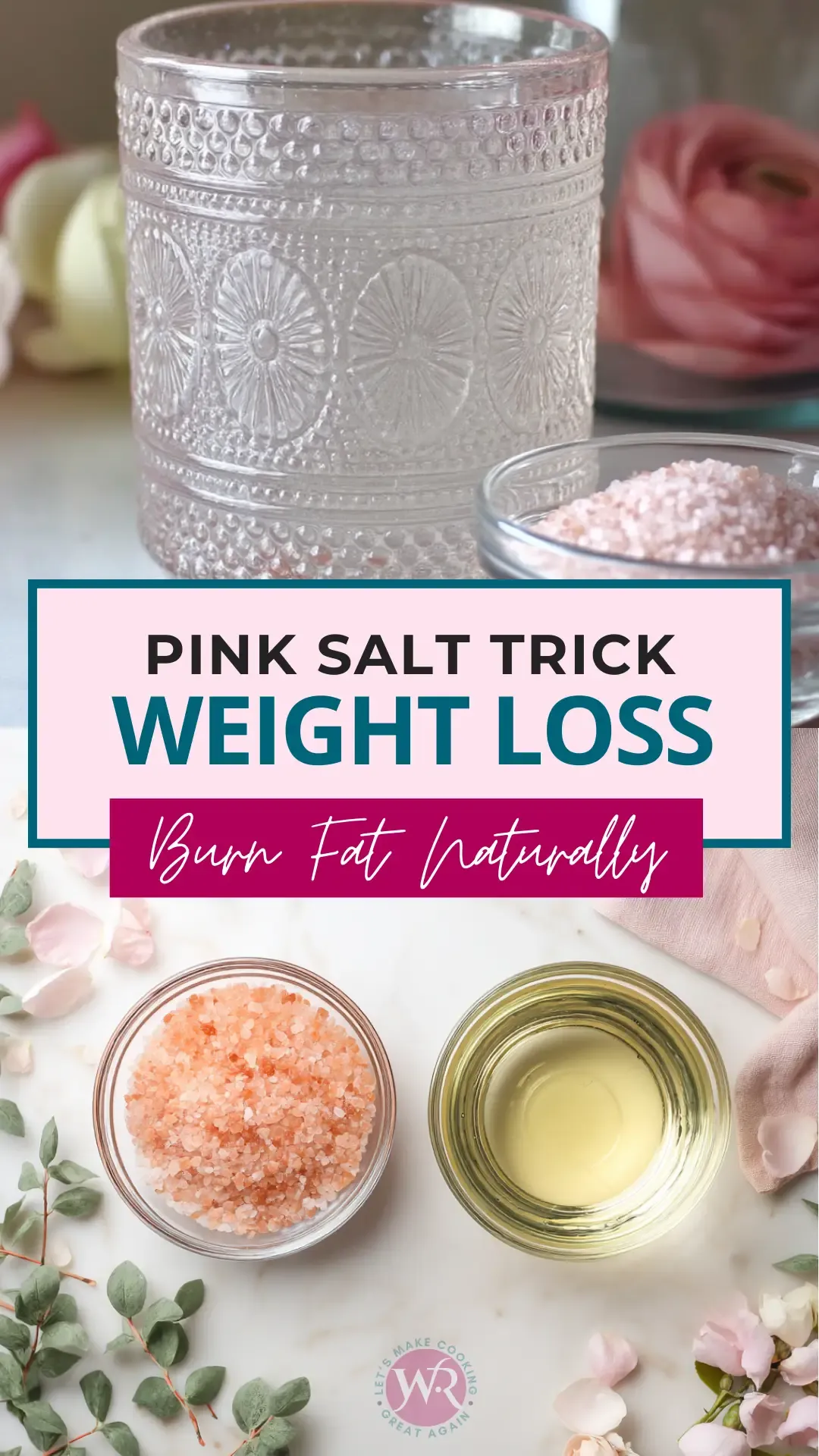What Is The Pink Salt Trick For Losing Weight
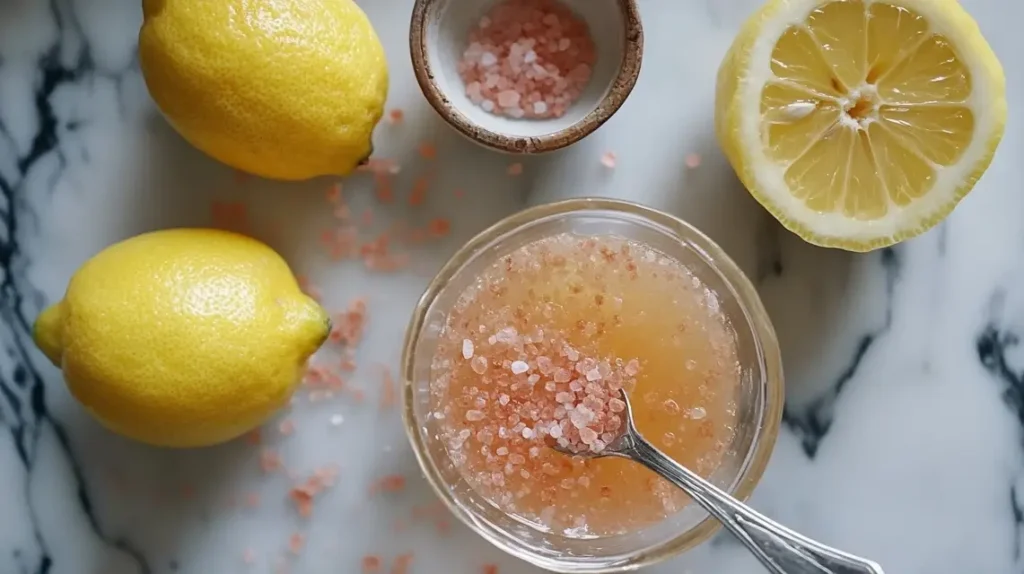
Imagine a crisp morning, sunlight streaming through your kitchen window, illuminating a countertop speckled with jars and ingredients. Among them sits a jar of vibrant pink salt, its rosy hue promising more than just flavor. Could this be the secret ingredient to unlocking your weight loss goals? The internet whispers promises of a "pink salt trick," and curiosity piques.
The alleged "pink salt trick" for weight loss centers around the belief that Himalayan pink salt, due to its mineral content, can boost metabolism, improve hydration, and reduce cravings, ultimately leading to weight loss. While pink salt offers some potential benefits compared to table salt, the claims surrounding it as a significant weight loss aid are largely unsubstantiated and lack robust scientific evidence.
Understanding Himalayan Pink Salt
Himalayan pink salt is mined from the Khewra Salt Mine in Pakistan, the second largest salt mine in the world. Its distinctive pink color comes from trace minerals like iron, potassium, and magnesium.
These minerals are indeed essential for various bodily functions. Many proponents argue that these minerals give pink salt a nutritional advantage over regular table salt, which is primarily sodium chloride.
The Mineral Myth: Is Pink Salt Superior?
It's true that Himalayan pink salt contains minerals. However, the amounts are typically so small that they contribute negligibly to your overall daily mineral intake.
You'd have to consume an unhealthy amount of salt to obtain significant mineral benefits. A balanced diet rich in fruits, vegetables, and whole grains remains the most effective way to acquire essential nutrients.
Hydration and Electrolyte Balance
One argument for pink salt's weight loss potential lies in its ability to improve hydration. Sodium, a key component of salt, is crucial for maintaining fluid balance in the body.
Proper hydration is vital for various metabolic processes, including digestion and energy production. Some believe that pink salt, with its trace minerals, helps optimize electrolyte balance, leading to improved hydration compared to table salt.
However, the difference in electrolyte contribution between pink salt and table salt is minimal. Adequate water intake remains the cornerstone of proper hydration.
Weight Loss Claims: Separating Fact from Fiction
The core of the "pink salt trick" revolves around claims of boosted metabolism and reduced cravings. Some proponents suggest that the minerals in pink salt can stimulate metabolic processes, helping the body burn more calories.
There is no scientific evidence to support this claim. Metabolism is a complex process influenced by factors like genetics, muscle mass, and overall diet, not simply by the type of salt consumed.
Another claim is that pink salt can reduce cravings, particularly for sugary and processed foods. This is often attributed to the salt's purported ability to balance electrolytes and regulate blood sugar levels.
Again, the scientific basis for this is weak. While maintaining electrolyte balance is important for overall health, there's no direct link between pink salt consumption and a reduction in food cravings.
The Importance of Sodium Intake
It's crucial to understand the role of sodium in our diets. Sodium is an essential nutrient that plays a vital role in fluid balance, nerve function, and muscle contractions.
However, excessive sodium intake can lead to high blood pressure, increasing the risk of heart disease and stroke. The American Heart Association recommends limiting sodium intake to no more than 2,300 milligrams per day for most adults, with an ideal limit of no more than 1,500 mg per day for many.
Regardless of whether you use pink salt or table salt, moderation is key. Focusing on reducing overall sodium intake is far more important than switching to pink salt in hopes of weight loss.
A Holistic Approach to Weight Loss
Weight loss is a multifaceted process that requires a holistic approach. It's about creating a sustainable lifestyle that incorporates a healthy diet, regular exercise, and adequate sleep.
Relying on a single "trick" like using pink salt is unlikely to yield significant or lasting results. Instead, prioritize a balanced diet rich in fruits, vegetables, lean protein, and whole grains.
Engage in regular physical activity, aiming for at least 150 minutes of moderate-intensity exercise per week. Managing stress and prioritizing sleep are also crucial for overall health and weight management.
Consulting a Professional
Before making any significant changes to your diet or exercise routine, it's always best to consult with a healthcare professional or registered dietitian. They can assess your individual needs and provide personalized recommendations.
They can also help you identify any underlying health conditions that may be contributing to weight gain or making it difficult to lose weight. Remember, everyone's body is different, and what works for one person may not work for another.
The Verdict on the Pink Salt Trick
While Himalayan pink salt may offer some minor benefits compared to table salt due to its trace mineral content, it's not a magical weight loss solution. The claims surrounding its ability to boost metabolism or reduce cravings are largely unsubstantiated.
Focus on establishing healthy habits like a balanced diet, regular exercise, and stress management. These are the true cornerstones of successful and sustainable weight loss.
Consider pink salt as a flavorful addition to your meals, but don't rely on it as a primary tool for weight loss. It's simply a pinch of flavor, not a shortcut to a slimmer you.
The promise of a quick fix can be tempting, but true wellness comes from consistent effort and a mindful approach to your health. So, sprinkle that pink salt, savor the flavor, and remember that the journey to a healthier you is a marathon, not a sprint.





